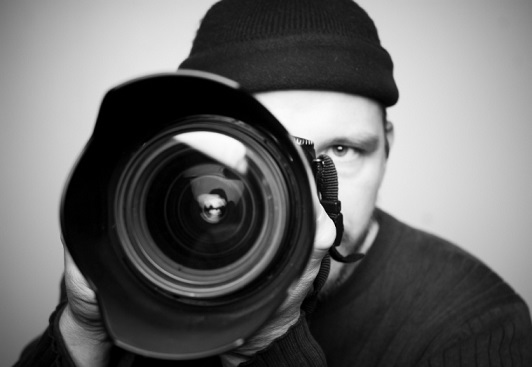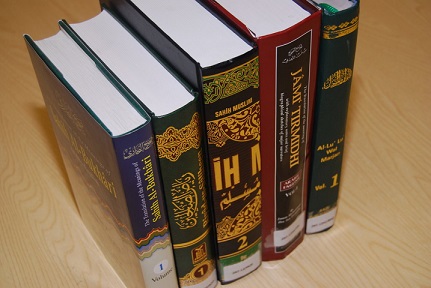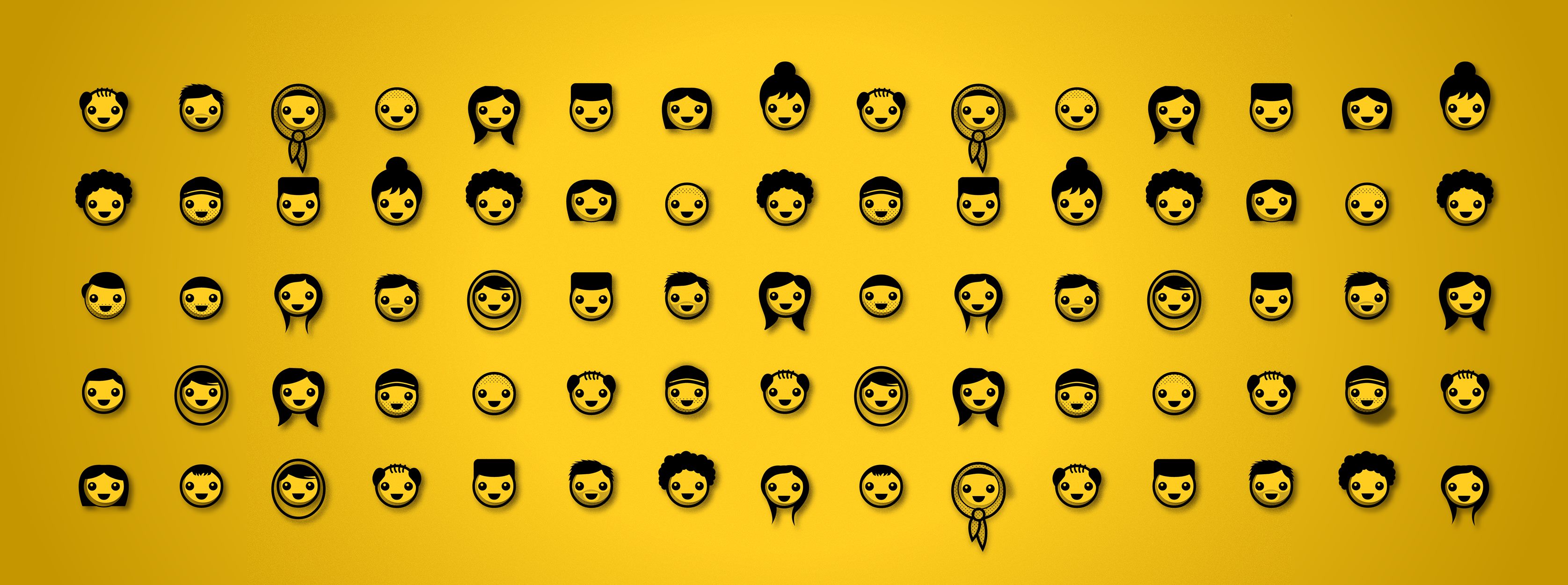I have a somewhat unusual background—my father is a conservative Indian immigrant and my mother is from Kentucky. It’s also worth noting that my mother is very country and very white. As for myself, I was raised on red meat, potatoes and classic rock in Columbus, Ohio. I recall my childhood being quintessentially American, but with something of a twist.
My mother and father prepared me for life in America in different ways. My father, who has a Bachelor’s degree, two Master’s degrees, a Ph.D. and a Post Doctorate, made his way in this world by studying mercilessly and well past his prime. It was this worldview that had me studying for medical school in the third grade. My mother, on the other hand, prepared me for a tough, cruel world — similar to the one she experienced being poor in Kentucky.
Along with getting an equal dose of both Indian and American cultures, I was also introduced to both Islam and Christianity at a young age. My siblings and I were raised Muslim, but my mother’s family were all conservative Christians. As such, I was approached many times by well-meaning relatives keen on converting me to Christianity.
These encounters left me with an acute sensitivity to sermonizing and aggressive preaching. It’s my belief that religion is a deeply personal matter and should only be discussed if there is genuine curiosity, and even then, one should be mindful of others’ beliefs.
Still, having my religion challenged forced me to examine and question my own faith. Even at a young age, following ancestral beliefs blindly, without grounding one’s convictions in knowledge, felt rote to me . It was then that I became a student of my own religion; I devoured everything I could get my hands on and made sure I could answer everything I ever questioned.
Armed with all of this information, I realized I had a unique opportunity–maybe even a responsibility–to be a bridge-builder of sorts. I studied media and journalism with the hope that I could one day communicate with people on large scale. I left Ohio for L.A., working for Disney, Telemundo and NBC news, where I was lucky enough to be a part of award-winning news teams, and later launching my own production company.

Photo Source: unesco.org
Working in the world of television news, I couldn’t help but notice the abundance of inaccurate portrayals of Islam. Ironically, the people most responsible for perpetuating these myths were Muslims themselves—extremist groups like Al Qaeda or those adhering to aberrant practices like female circumcision. Unfortunately, these vocal minorities received a disproportionate spotlight in the Western media. To add to the misunderstandings about Islam, you had nations like Saudi Arabia, whose rigid interpretation of the Islamic theology is held out as the ideal by many, largely because the two most holy sites of the religion happen to be located in that country. People forget that Arabs constitute only about 20 percent of the Muslim population and that there exists a vast, wide, vibrant world of other Muslim people in Indonesia, India and China, to name a few.
Over the years, I have found myself fielding questions about Islam from curious friends and acquaintances, especially so after the 9/11 attacks – a tragedy that unleashed a disturbing level of misunderstandings about Islam and created a backlash against American Muslims. Although I did my best, my answers always seemed inadequate as conversation could only cover so much. This sent me on a search for literature on Islam but the material I came across seemed too dense. My search for a book that explained Islam in a simple, straight-forward manner unsuccessful, I decided to write one myself.
“Islam Plain and Simple: Women, Terrorism & Other Controversial Topics” is the fruit of years of exhaustive research that included interviewing scholars and pouring over ancient texts. Professor Michael Morony, who is the Islamic Studies Program Chair at UCLA, Professor Akbar Ahmed, who holds the same position at American University, and Dr. Eboo Patel, who works as an adviser to the White House on faith-based partnerships, all contributed to deepening my understanding of my subject. As for texts, I compared many different translations of the Qur’an, went through books on Fiqh (Islamic rulings), and read through the Sahih Hadith, including Muslim and Bukhari, as well as hadith that are considered less credible. I tried to complement my religious research with historical context, delving into books on time periods from the life of Muhammad to the Golden Age of Islam, to the present.

Photo Source: nocompulsion.com
In writing the book, I wanted to present the religion of Islam purely according to its teachings, not on the basis of how some Muslims choose to practice it. I truly hope the result is something that will not only educate, but also add to the larger effort of creating dialogue among Americans of all religious stripes.
Tariq Jalil is a Hollywood producer and author of “Islam Plain and Simple: Women, Terrorism & Other Controversial Topics”, scheduled for release in May. He lives in Los Angeles. Copies of the book can be pre-ordered by visiting Islam Plain and Simple’s website & signing up for the newsletter.




